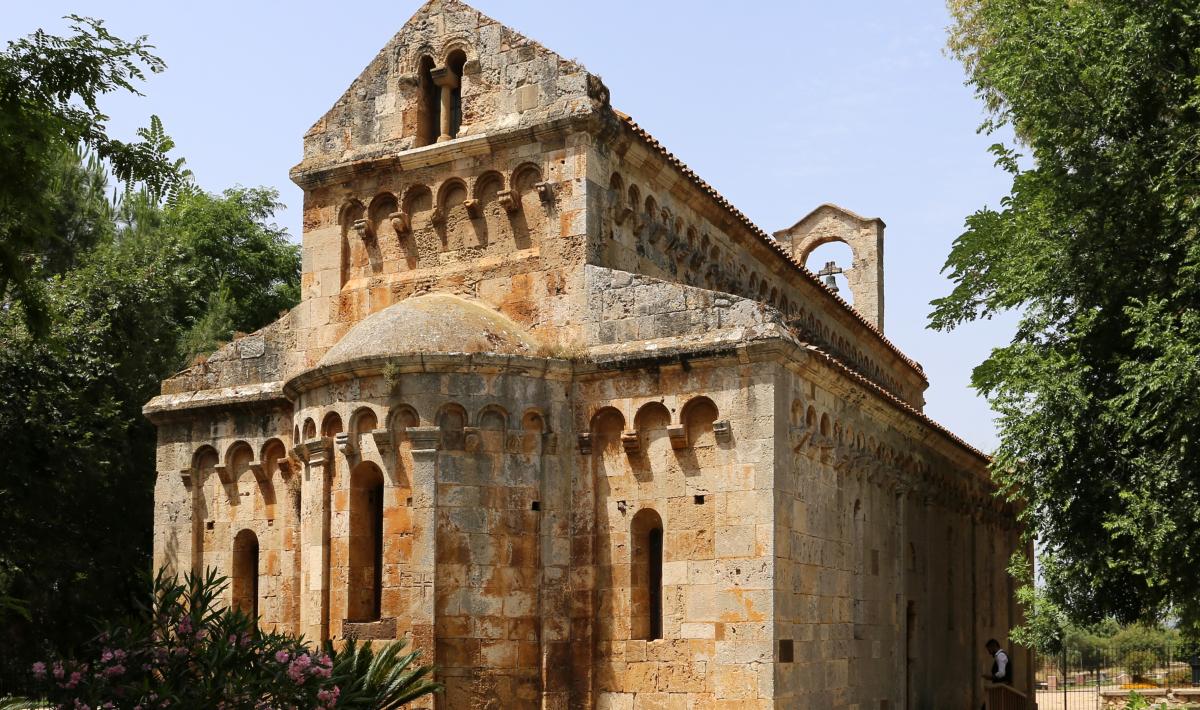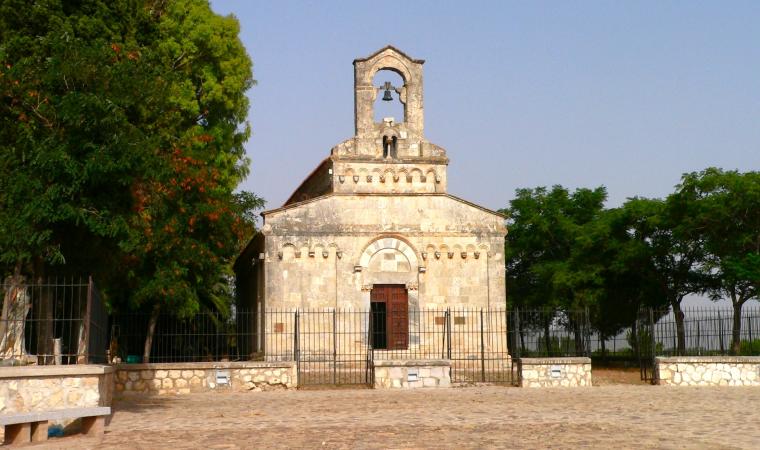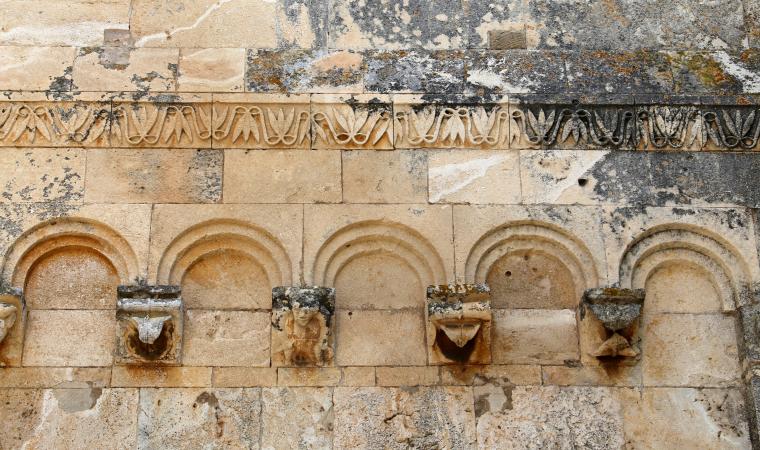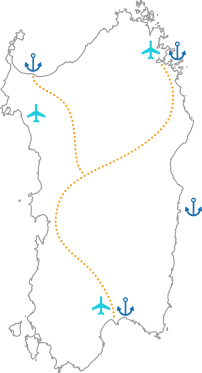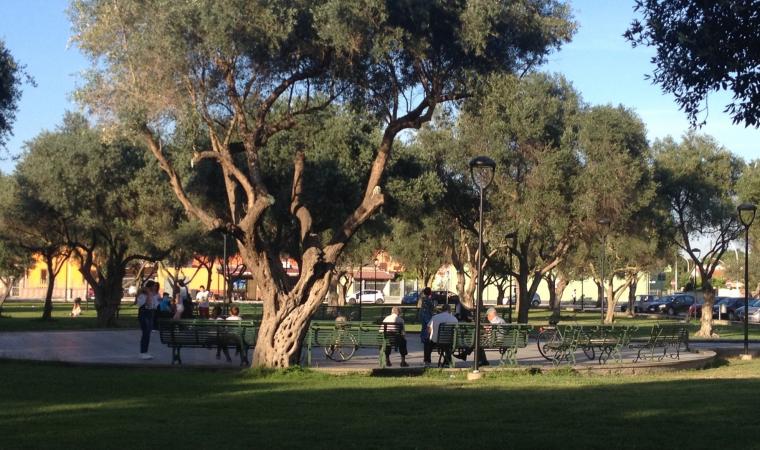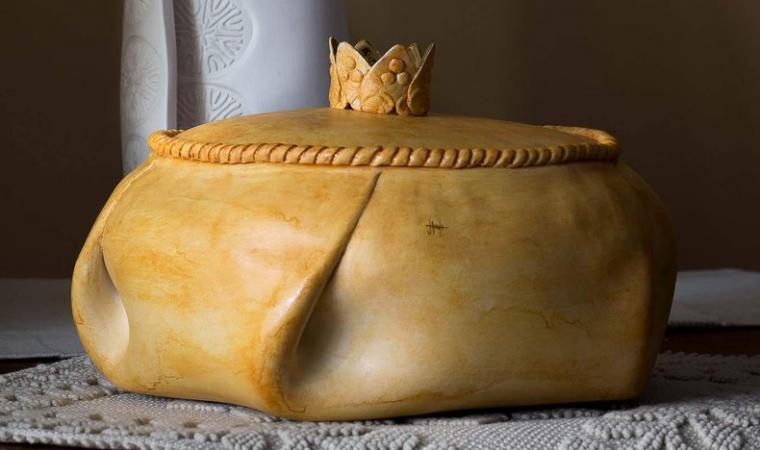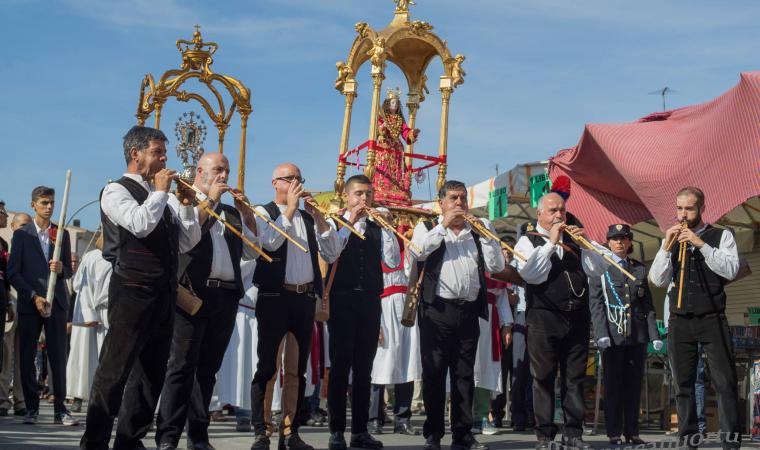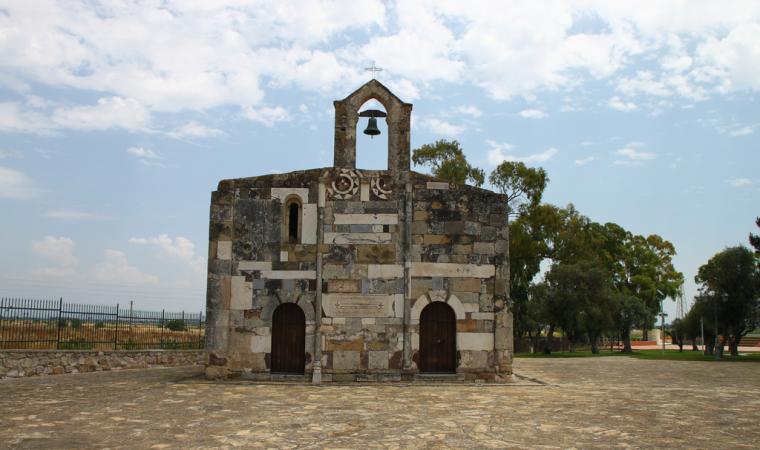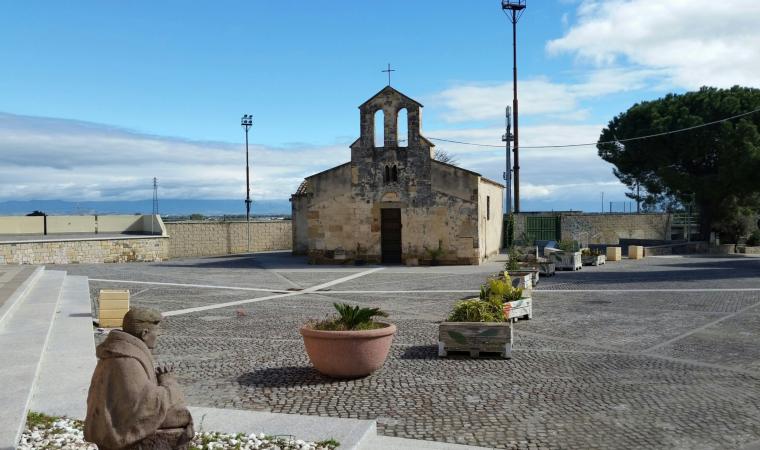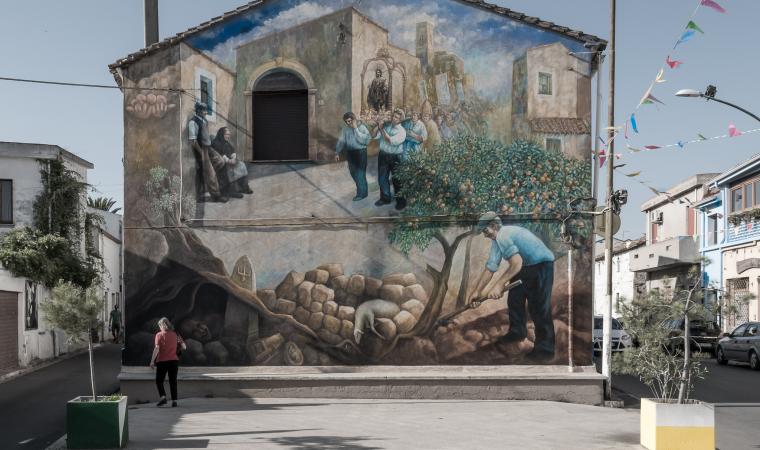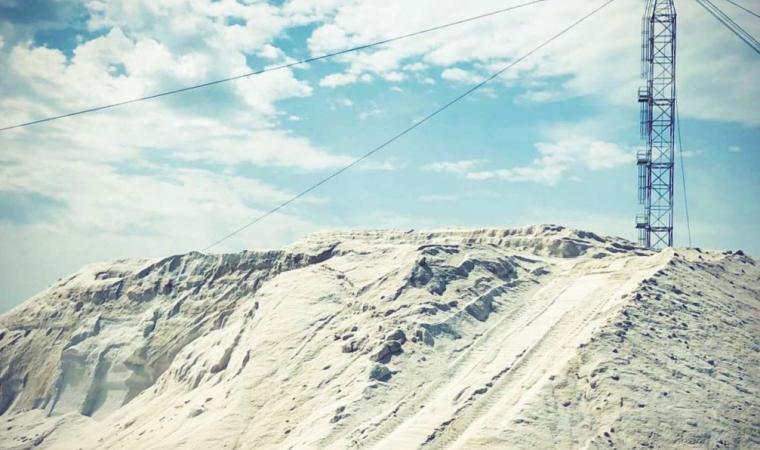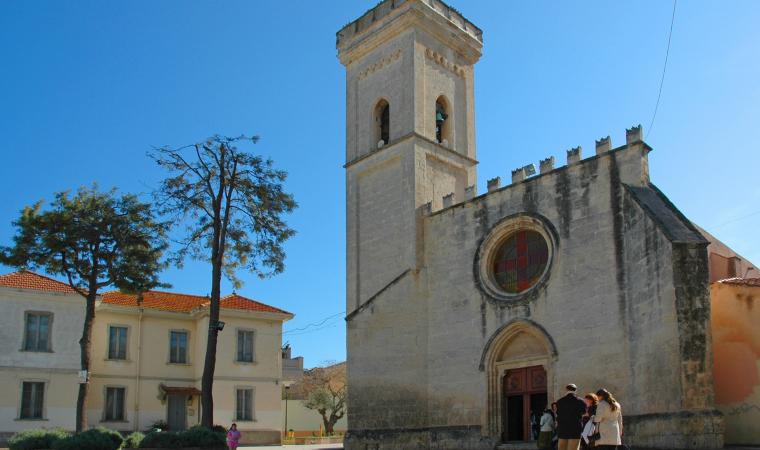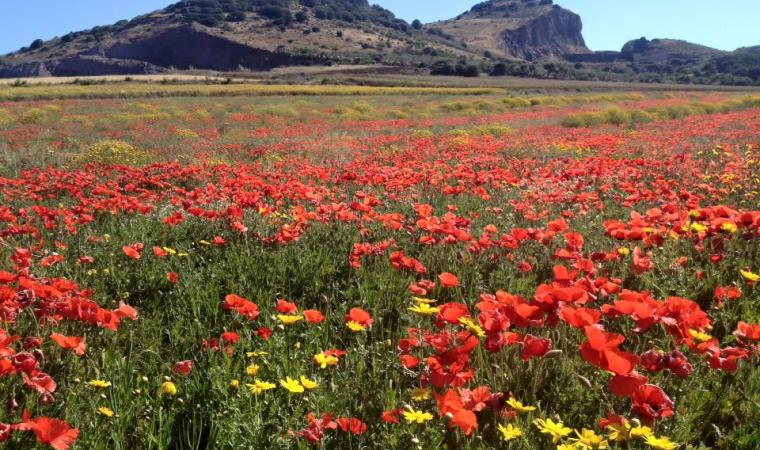A ‘mixture’ of techniques and styles, resulting from the use of workers from different places, a sudden ‘transformation’, a legend and some doubts about its origins make it one of the most valued and intriguing examples of Romanesque style in southern Sardinia. Santa Maria stands in the outskirts of Uta, a village with an agricultural vocation twenty kilometres from Cagliari. There are two theories about its construction: according to the first, the building dates back to the first half of the 12th century, the work of the Victorine monks of Marseille, who are thought to have created the last and most complete example of a Romanesque sanctuary of almost thirty attributed to them. The second theory ‘moves’ the building forward by a century - constructed on the ruins of a previous two-nave church built by the monks -, due to its affinity with the former cathedral of Santa Maria di Monserrato in Tratalias and particular symbols ‘spread’ around inside it.

